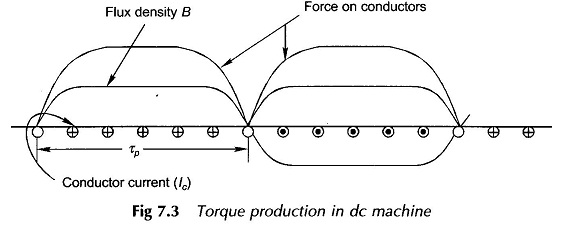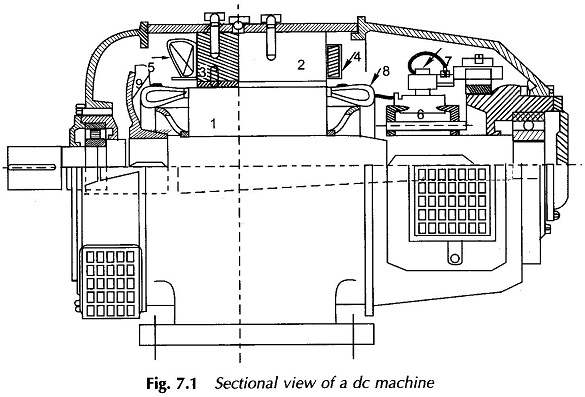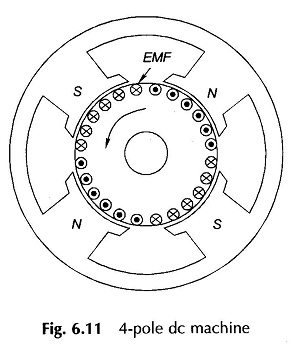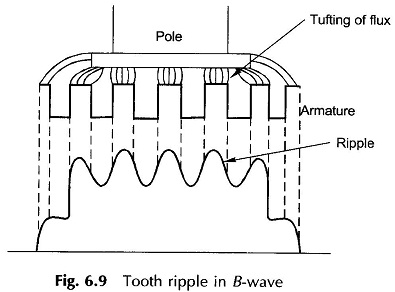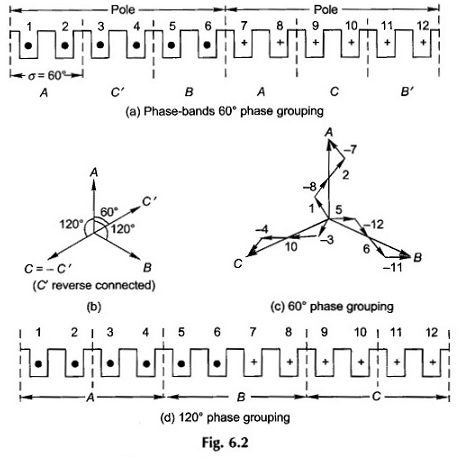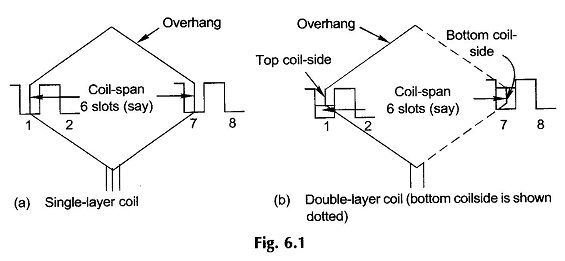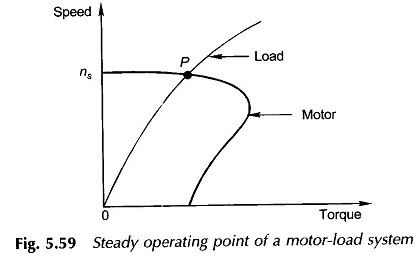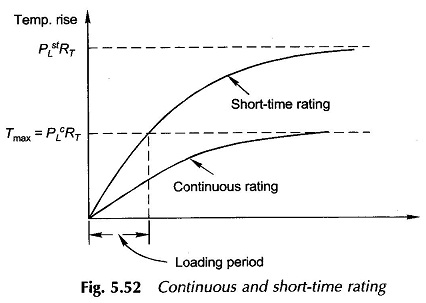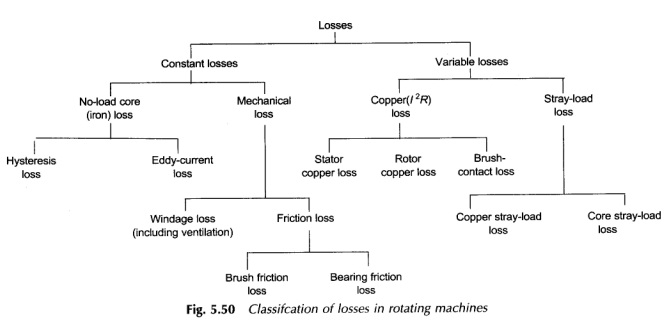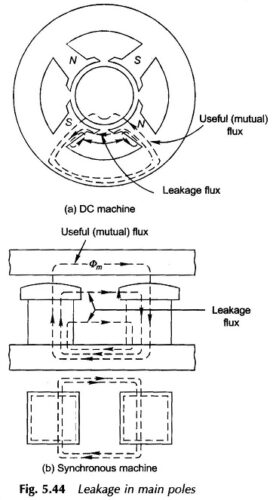EMF and Torque Equation of DC Machine
EMF and Torque Equation of DC Machine: EMF and Torque Equation of DC Machine – It was shown in Sec. 5.2 (Fig. 5.14 (a)) that in a dc machine the magnetic structure is such that the flux density wave in the air-gap is flat-topped with quarter-wave symmetry so long as the armature is not carrying […]
EMF and Torque Equation of DC Machine Read More »

